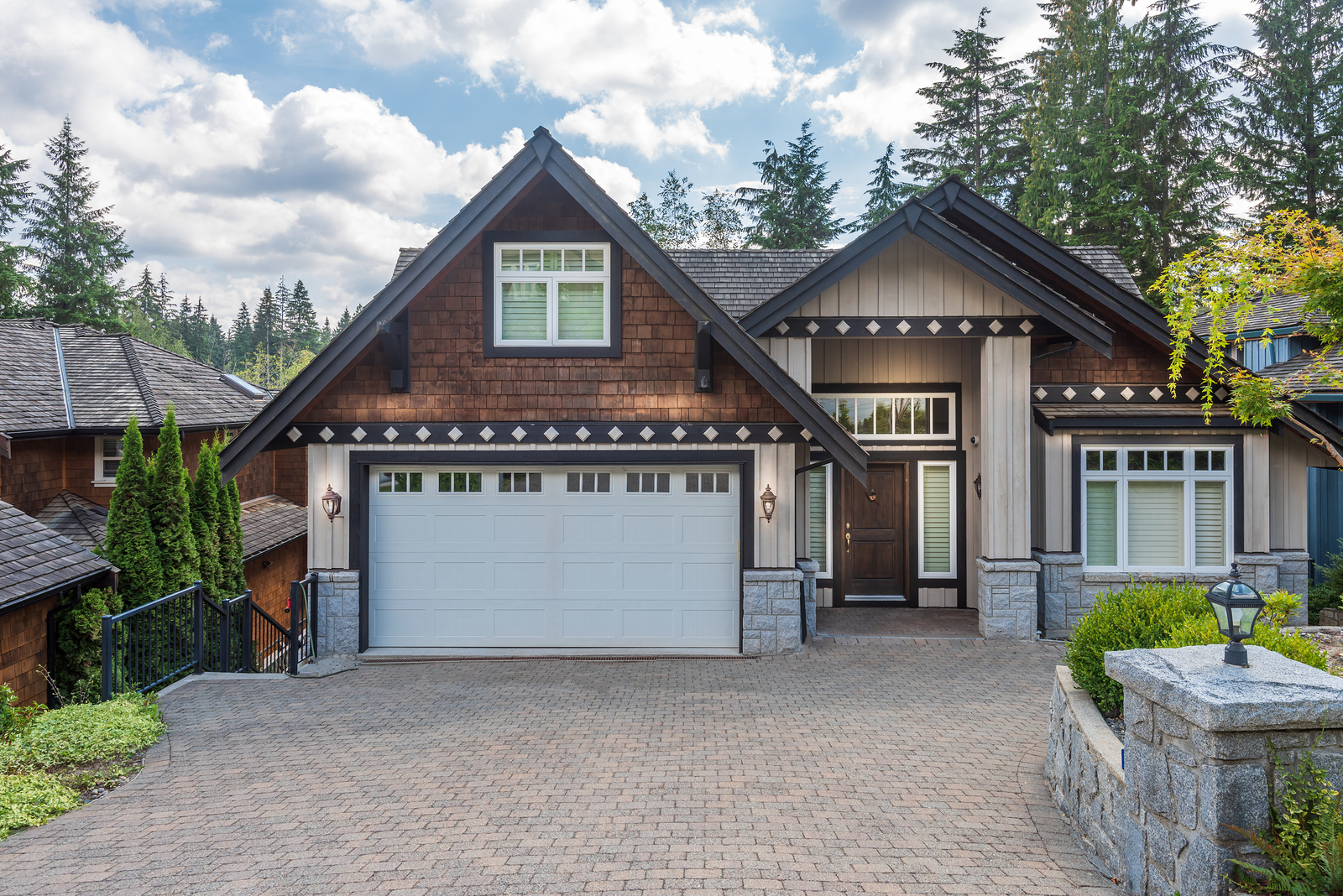Falling in love with a house is a lot like falling in love with a person. It’s almost impossible to see any flaws, even if they’re apparent. When so many other aspects seem perfect, it’s easy to fall into denial about the possibility that there may be problems.
Down the road, when the initial blush wears off, the negative aspects become more apparent. By now, though, it’s difficult to reverse any decisions you’ve made. This is why it’s important to keep emotions out of the home purchase process. Yes, it’s difficult, but it’s also imperative that you do so.
Although there are many so-called “red flags” to look for when touring a home, let’s take a look at the top five that – if you see them — should make you reconsider submitting an offer without a contingency for further inspection.
Sloppy Maintenance
So, the gutters are full and grass is growing in them. Maybe the homeowner is a busy person and hasn’t had a chance to clean them.
If this sounds like something you might think, adjust your expectations. If the homeowner is too busy, too broke or too lazy to perform routine maintenance, what else might be wrong with the home? Look for the following telltale signs of sloppy home maintenance and neglect:
- Peeling paint and cracks in plaster
- Low water pressure (may be an indication of plumbing problems)
- Missing roof shingles or signs of roof wear
- “Spongy” feel to the floors around toilets and bath tubs
- Torn window screens and cracked window glass
- Ceiling stains
To check the home’s water pressure run water in the bathroom sink and, while it’s running, flush the toilet. If the flow from the faucet decreases, water pressure is low, according to Pat Mertz Esswein of Kiplinger.
Of course these aren’t the only signs of deferred maintenance but, if present, they should set off alarms and prompt you to place a call to the appropriate contractor for an inspection.
Foundation Problems
If the yard is sloped toward the house instead of away from it, there could be a water intrusion problem, which is pricey to repair. The condition is known as “negative grade,” and it directs rainwater right to the home’s basement and, worse, its foundation.
Since 99 percent of foundation problems are caused by water, according to
Chris Elliot of Homeland Inspection Services in Colorado, this is a condition that the homeowner should remedy, or pay to have remedied, before you purchase the home.
Check the foundation for cracks larger than 1/3 inch, those that zig-zag diagonally or bulging of the foundation. Determine if the floors slope.
While this may be normal in a historic home, in a modern home it may be a sign of a defective foundation. One other sign of foundation problems are horizontal cracks or jagged cracks that run diagonally across a wall.
Foundation repair bills can run between $900 and $10,000, although the average American homeowner spent $4,447, according to a survey conducted by HomeAdvisor.
That’s a hefty amount of money for a homebuyer who just had to shell out tens of thousands of dollars for a down payment and closing costs so if anything looks unusual, and you love the house, call an engineer for a professional inspection.
A Neighborhood in Decline
There is an old adage in the real estate industry that when one home in a neighborhood goes on the market, two others will follow. Then, there is the one that says if you notice more than two or three homes for sale in a neighborhood, be suspicious.
In a recovering housing market it’s normal for homeowners who have been sitting on the sidelines to jump into the market. In a normal market, however, when many homes in a neighborhood are up for sale, it’s time to do some investigating.
There are various reasons that homeowners may decide to leave a neighborhood en masse.
The relocation of a sex offender to the neighborhood, for instance, not only causes families to flee but home values to drop by as much as 15 percent. Other causes of neighborhood decline include:
- An increase in crime
- Urban decay
- New zoning restrictions
- Businesses fleeing the area
- Traffic rerouting
- Bad (noisy, messy, etc.) neighbors
- Local government action, such as closing a nearby school
Red flags need not kill a real estate deal, but they should let you know that something isn’t right and needs inspection by a professional.






